Here, Alpha Montessori wants to educate parents on providing a strong digital literacy program for children to understand the online world, encourage them to ask for help when necessary and value self-care and be safe. We are a renowned montessori school in plano & frisco, north dallas.
As parents and educators, we can see the impact of the COVID-19 pandemic on our children firsthand. Children experience fear, uncertainty and despondence because they cannot go back to regular routines, cannot go out and miss their friends.
During this vulnerable time, children are spending more time in front of devices than they have before and online safety matters a great deal. Online learning is the new norm with many schools and even during summer break, children use online platforms to stay connected and learn.
The advantage is that children are now encouraged to look at technology beyond its bells and whistles. Technology doesn’t merely mean gaming, AR, VR and social media but can be used to learn, explore, collaborate and complete projects and assignments.
When children explore technology as a tool and benefit from its many uses, they also have to deal with its many hazards. Screen time is just one side of the story. There are other forms of stress and risk that children experience online.
This stress stems from unpleasant, sometimes even hazardous online experience, cyber bullying, and addiction. A strong digital literacy program is crucial for children to understand that the online world isn’t the real one.
Digital literacy broadly refers to using the Internet responsibly and to differentiate fact from fiction, truth from media frenzy and hype. Digital resilience goes one step further. It builds grit in children and also encourages them to ask for help when necessary and value self-care. Kids can learn all about digital literacy but still not possess the tools to handle the many pitfalls of online experiences.This is where digital resilience comes in.
The core of building digital resilience in children is to help them understand the proper and judicious use of technology.
What is Digital Resilience?
Kids, as we know, are naturally resilient. They learn to bounce back after unpleasant experiences, but even they need help, support and guidance to navigate these trying times. The online world is a bottomless pit of threats, cyber bullying, cyber threats, malware, and security hazards.
Let’s take YouTube, which is so popular among kids. Our kids may want to set up a YouTube channel, under parental guidance when they are underage, but can they deal with the many negative comments that may appear on their YouTube video?
This is part and parcel of a YouTuber’s life, according to many YouTubers, but can a child be mature enough to understand that a negative comment doesn’t reflect on their performance. How do they sift the comments for constructive criticism and drain out the noise?
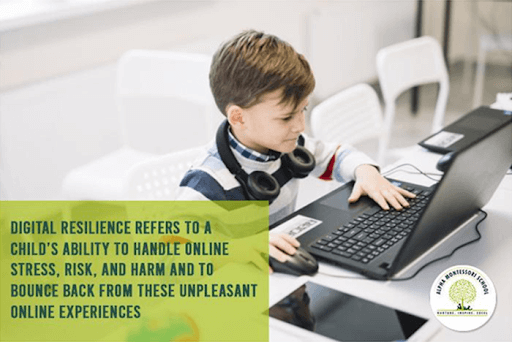
Digital resilience helps children acquire this ability over time and with practice and support. According to Xooloo Digital Coach, “Digital resilience refers to a child’s ability to handle online stress, risk, and harm and to bounce back from these unpleasant online experiences. In order to learn how to manage these types of situations and bounce back from them, children must be allowed, within reason, to experience them.”
The last part is especially true. How do we help children navigate these tricky waters if they are not allowed to explore it in the first place? Digital resilience will help your child cope with the problems that arise when navigating the online world, a world that children cannot avoid forever.
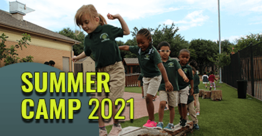
How to teach Digital resilience to your Kids?
There are many resources, tools, digital resilience lesson plans, and guides to help parents and children navigate the complex and ever-evolving online space. There are also so many aspects to digital literacy and resilience. For instance, parental controls are important but it is equally important to talk to children about safety and to get them to a point where they can, as teenagers and young adults, spot red flags in their online journeys and draw their own boundaries. A choice of device matters. Are you choosing a smartphone, a laptop or a gaming console? What are the prerequisites for safety and security? What is a digital coach and how do you use one?
1. Role model positive use of technology
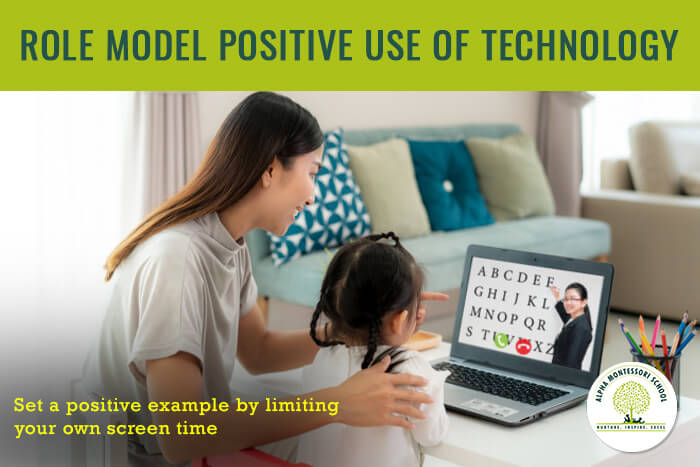
Children look at us constantly. They observe us and our behaviors, imitating them and imbibing them. If we pick up the phone first thing in the morning or are glued to our devices without any boundaries or cut-off time, they tend to do the same too.
Set a positive example by limiting your own screen time, creating rules for the entire family, and balancing offline and online time together. Explain why you are putting these boundaries for everyone.
2. Understand Internet safety
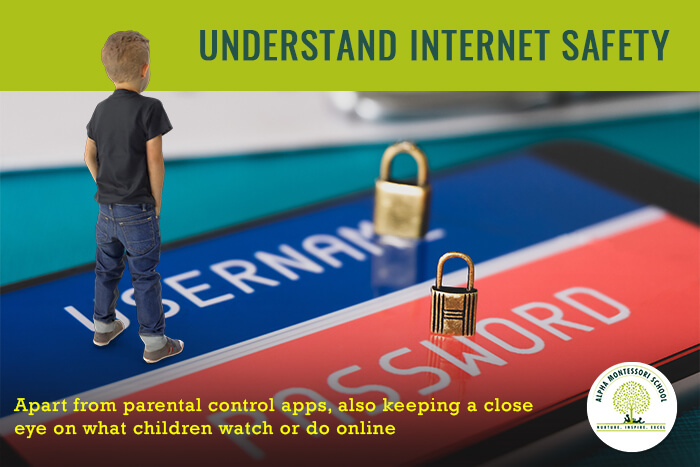
As adults, there is so much that we need to learn about the Internet. With technology changing practically every day, it is important to stay one step ahead. Apart from parental control apps, also keeping a close eye on what children watch or do online is extremely important, especially when they are older and start to use technology independently. Understands safety measures when purchasing phones, tablets and other devices. Here is a link to the 10 best Internet safety apps to safeguard your child and teach digital resilience.
3. Manage time online
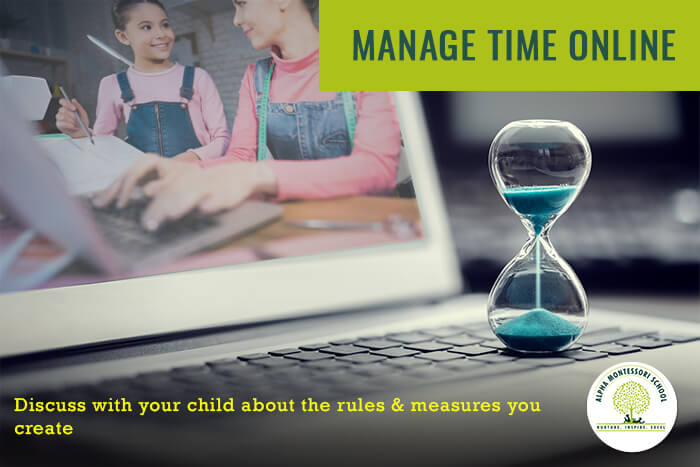
Children can get addicted to watching videos or playing games. It is important to set screen-time limits for children and for us, as adults, to follow these rules too. While putting these measures in place, discuss with your child why it is important to be careful about too much screen time. Tell them about how it affects their eyesight and also makes them tired without knowing it.
4. Talk to children about technology
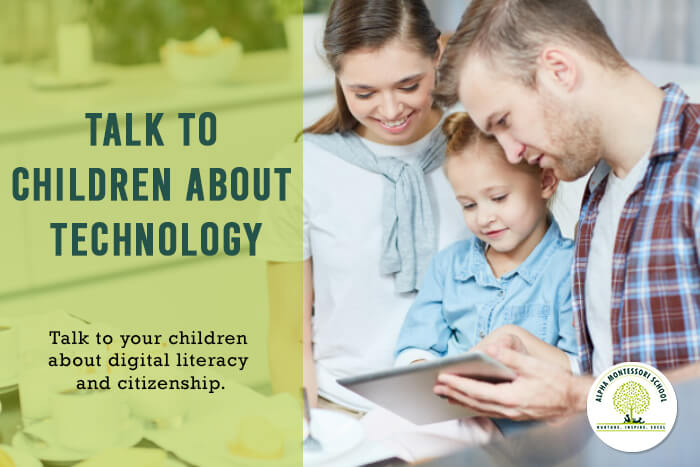
Simply setting rules or keeping tabs on a child’s online habits are not enough. Talk to them about the importance of cyber safety and how to be a good digital citizen. It is extremely important to talk to children about why we need to be careful when online or when accessing our devices. Use simple examples to tell them why it is important to be vigilant online. For instance you can mention that sharing your password to your online account is like giving away the key to your door.
Talk to your children about digital literacy and citizenship. What is digital citizenship? What are the rules we need to respect when navigating the online world? Talk about kindness and caution are so important online – kindness when meeting other people online and caution before posting or revealing identities of photos.
5. Use a digital coach
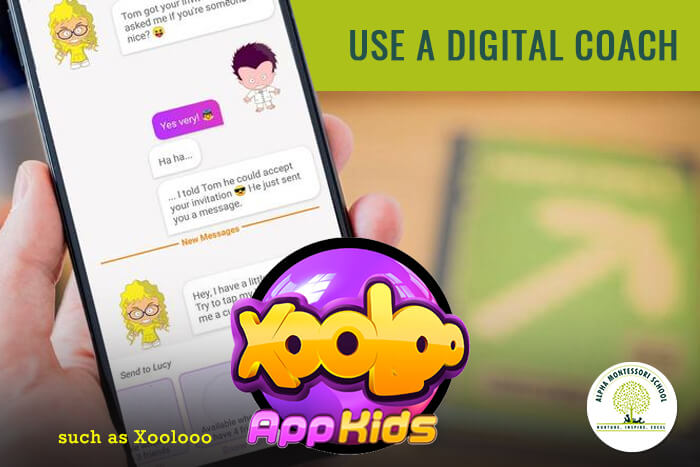
There are excellent online digital coaches and games that explain to children, on their own level, how to be careful and resilient digital citizens. Xooloo is a good example. Digital coaches build skills (example, how your children should block suspicious messages or look for warning signs) and confidence (understanding cyber bullying and seeking help when needed.)
Another good idea is to start a Family account on Google and Gmail. With a Family account, you can remotely set digital ground rules for your kids from your own device. You can guide them as they explore, play and navigate the online world.
6. Activities to build digital resilience
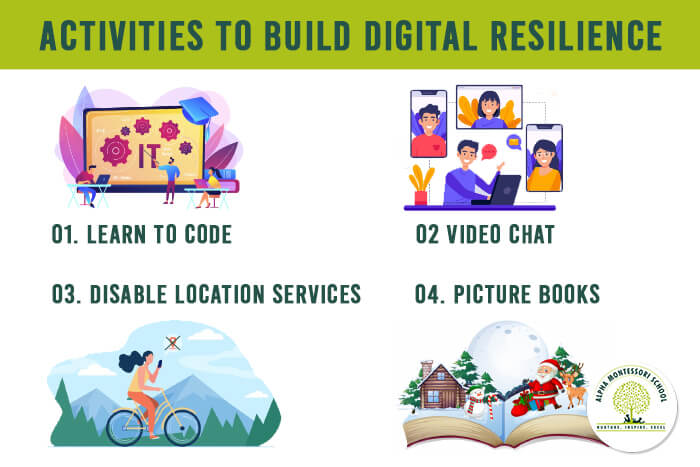
Learn to code: This is a good way to understand technology and to channelize a child’s fascination with games and videos.
Video chat: Even interfacing online requires a code of conduct and safety protocols but it is also fun. Make a video call to a family member or a friend. Model proper Internet and video usage with your kids.
Set up the device safely and parental controls: It is important to make sure you know the complete history and timeline of your child’s online activities. If you find them accessing taboo or suspicious websites, sit down and tell them why these sites are harmful and dangerous.
Disable location services: Such a simple thing but it is necessary. Explain this to your child too so that they understand the language of digital literacy from a young age.
Picture books: Parents can start educating children at an early age by reading picture books and children’s books on digital safety. . Here is a list!
Digital resilience is about preparing children for specific digital markers before these markers hit them. Explain the uses of a phone before giving them one. Make your conversations inclusive and always ask for the child’s points of view. How do they feel about what they saw online and do they understand why we are taking these precautions? Use simple analogies, keep your communication simple, and above all, model positive digital usage.
What are the ways you’ve adapted or educated your child on digital resilience? Comment below.
Meanwhile here is a guide for Parents to get your little ones to pick up the habit of reading and to wean them away from the world of gadgets and technology.
We are an accredited montessori private school in plano & frisco and are a full time member of the American Montessori Society. Alpha Montessori provides full time and part-time Montessori programs for Infant, Toddler, Preschool and Lower elementary with two locations serving Plano, Frisco, Allen, and McKinney. We’re open year-round including the summer months and offer full or part-time child care programs, enrichment, and extracurricular programs to suit the needs of most families.


 December 15th, 2020
December 15th, 2020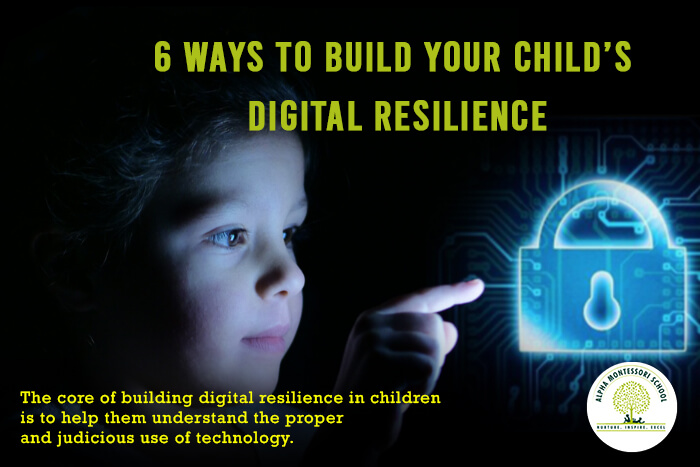


Thank you for your sharing. I am worried that I lack creative ideas. It is your article that makes me full of hope. Thank you. But, I have a question, can you help me?
I don’t think the title of your article matches the content lol. Just kidding, mainly because I had some doubts after reading the article. https://accounts.binance.com/en-IN/register?ref=UM6SMJM3
watch our most viewed neerfit hindi sexy video on your fingertips.
Can you be more specific about the content of your article? After reading it, I still have some doubts. Hope you can help me.
Thanks for sharing. I read many of your blog posts, cool, your blog is very good.
Can you be more specific about the content of your article? After reading it, I still have some doubts. Hope you can help me.
Thanks for sharing. I read many of your blog posts, cool, your blog is very good.
Your article helped me a lot, is there any more related content? Thanks!
Thank you for your sharing. I am worried that I lack creative ideas. It is your article that makes me full of hope. Thank you. But, I have a question, can you help me?
Thanks for sharing. I read many of your blog posts, cool, your blog is very good.
Thanks for sharing. I read many of your blog posts, cool, your blog is very good.
Your point of view caught my eye and was very interesting. Thanks. I have a question for you.
Your point of view caught my eye and was very interesting. Thanks. I have a question for you.
Can you be more specific about the content of your article? After reading it, I still have some doubts. Hope you can help me.
k9RJthyQfLg
LdxiqWvcy2Q
cxtUxr1UfrP
gDcQZxGjjvO
Thank you for your sharing. I am worried that I lack creative ideas. It is your article that makes me full of hope. Thank you. But, I have a question, can you help me?
I don’t think the title of your article matches the content lol. Just kidding, mainly because I had some doubts after reading the article.
Thank you for your sharing. I am worried that I lack creative ideas. It is your article that makes me full of hope. Thank you. But, I have a question, can you help me?